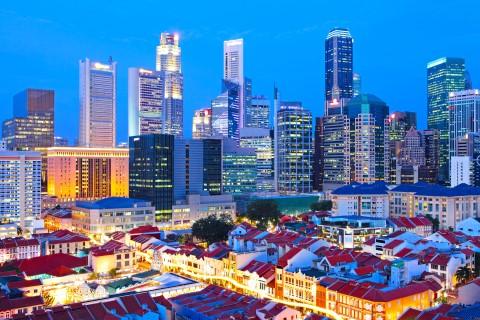
Competition heats up as foreigners bid for a slice of Singapore's property pie
The average number of bids per tender has been on the rise since 2014.
Competition for land is rising in Singapore as the average number of bids per tender has risen from eight in 2014 to 13 in 2017, DBS Equity Research revealed. According to its sector briefing, bids in 2017 started strongly with a high of 24 for a tender at Toh Tuck Road.
Local players are also facing tough competition as foreign developers bid to snag a slice of Singapore’s property pie.
The increased presence of new foreign players in land tenders whose motivations go beyond profit margins – they seek to “plant their flag” in Singapore as well as deploy their internal excess capital and resources – has also resulted in land prices remaining elevated, the report said.
Tender prices for land sites that were awarded in 1H2017 have surprised investors, with a number of record bids for selected residential and mixed-use-cum residential sites that exceeded $1b and topped consultants’ estimates.
Average bids have exceeded $800 psf in 2016 and so far in 2017, also partially due to a rise in the availability of centrally located land sites.
This only puts pressures on developers in Singapore, given lower returns, worsened by a lack of available land sites for tender in the government land sales (GLS) programme.
DBS observed that there could be an undersupply situation.
Unsold inventory stood at 29,000 units as of 1Q2017, the lowest in 16 years, following the supply restriction in the past two years.
After the implementation of the cooling measures, the government restricted new supply, reducing the number of residential units from the GLS list to 7,400 units in 2016 from the peak of 14,300 units in 2011.
The contraction of supply in the market has reduced the absorption rate, or the number of years to sell all unsold inventory, from a high of five years to 2.1 years as at 1Q17.
The low absorption rate raises a potential near-term undersupply issue against current transaction levels.
Here's more from DBS Equity Research:
Whilst sales volume and market sentiment are the more common drivers to property prices, historically, we saw property prices rise when absorption rates are below four years.
We believe the three- to four-year time period is critical as this is the typical timeframe to construct a new residential development in which the developer receives progressive payments from home buyers.
However, we note that the recent low absorption rate has yet to be translated into increasing property prices though the decline in property prices have moderated in the past two to three quarters.
























 Advertise
Advertise









